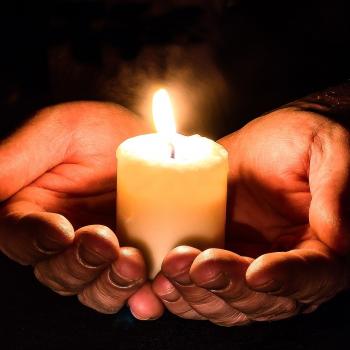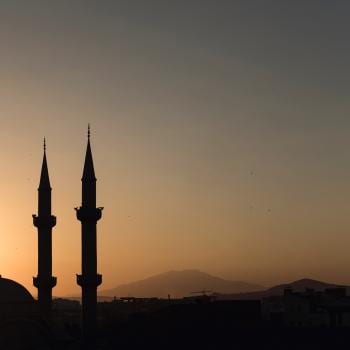In a ruling that may rekindle legal challenges in California, the U.S. Supreme Court on Thursday found that a Massachusetts buffer zone around abortion clinics to keep protesters from patients violates the First Amendment.
The high court justices unanimously concluded that a 35-foot zone around clinics that provide abortion services prevents protesters from any free speech rights, even though the justices made it clear such laws serve the state’s “legitimate interests.” The ruling hinged on the fact that the law, broader than most in other states and cities, restricted speech in public areas such as sidewalks and street entrances.
“The buffer zones burden substantially more speech than necessary,” Chief Justice John Roberts wrote for the court.
The ruling has been closely watched in California, which has a long history of court battles over regulation of protests outside abortion clinics. San Francisco, which has a 25-foot buffer zone around clinics, backed Massachusetts in the case, joined by 17 other U.S. cities. California was among 13 states also urging the Supreme Court to uphold the law.
For the most part, legal experts have predicted that laws in the Bay Area and elsewhere could survive even if the Supreme Court struck down the Massachusetts law because they restrict protests less. Most buffer zones, such as San Jose’s, are modeled after a Colorado law upheld in 2000 by the Supreme Court; it requires protesters to stay at least 8 feet away from anyone who is within 100 feet of a clinic.
The court did not specifically overturn the precedent set in the Colorado case, but the ruling may cast doubt on buffer zones generally because of free speech concerns. As a result, the decision could revive legal challenges to laws in California, where courts have sided with regulation outside clinics.
In fact, the Supreme Court said Massachusetts has ample ways to regulate protests that cross the line into harassment without violating free speech rights. It noted that the broad buffer zone even prevents peaceful abortion foes from handing out literature to patients heading into clinics. The ruling suggested cities and states should focus on such anti-harassment laws, rather than blanket buffer zones.












